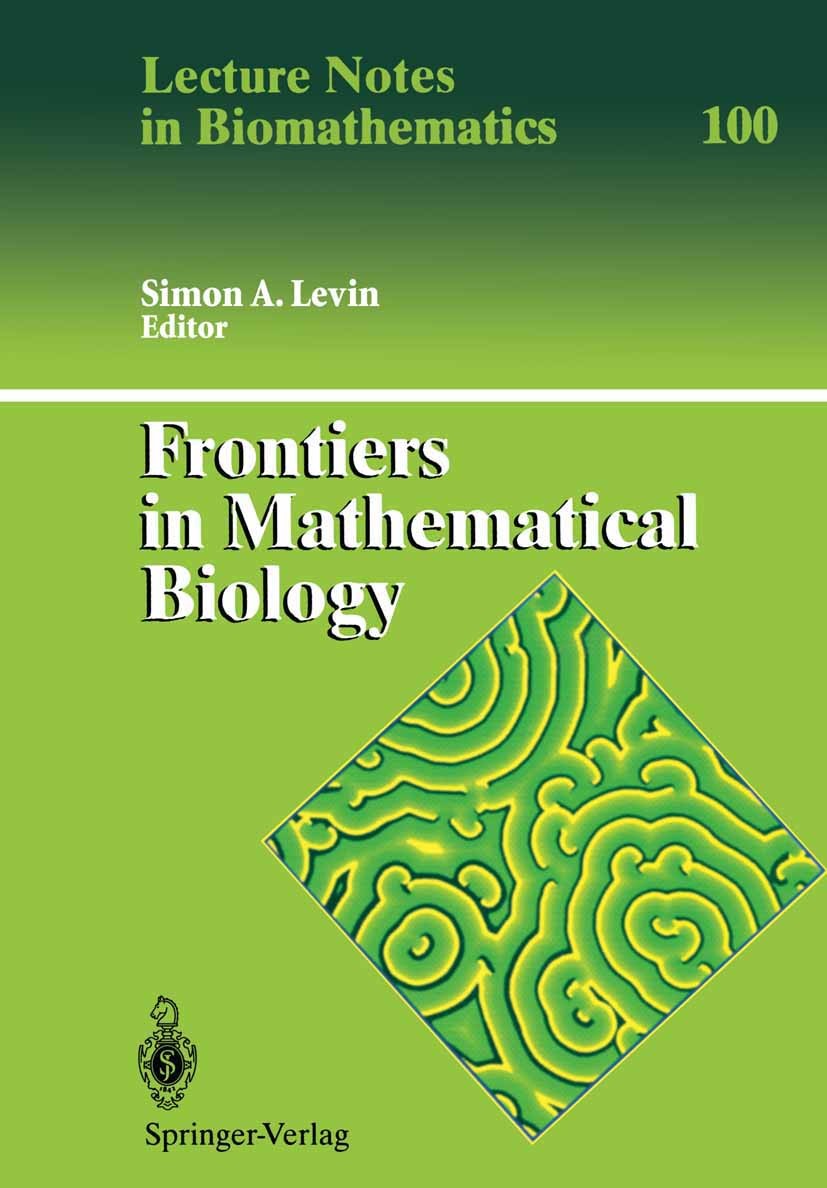| 书目名称 | Frontiers in Mathematical Biology |
| 编辑 | Simon A. Levin |
| 视频video | http://file.papertrans.cn/350/349189/349189.mp4 |
| 丛书名称 | Lecture Notes in Biomathematics |
| 图书封面 |  |
| 描述 | From a mathematical point of view, physiologically structured population models are an underdeveloped branch of the theory of infinite dimensional dynamical systems. We have called attention to four aspects: (i) A choice has to be made about the kind of equations one extracts from the predominantly verbal arguments about the basic assumptions, and subsequently uses as a starting point for a rigorous mathematical analysis. Though differential equations are easy to formulate (different mechanisms don‘t interact in infinites imal time intervals and so end up as separate terms in the equations) they may be hard to interpret rigorously as infinitesimal generators. Integral equations constitute an attractive alternative. (ii) The ability of physiologically structured population models to increase our un derstanding of the relation between mechanisms at the i-level and phenomena at the p-level will depend strongly on the development of dynamical systems lab facilities which are applicable to this class of models. (iii) Physiologically structured population models are ideally suited for the for mulation of evolutionary questions. Apart from the special case of age (see Charlesworth 1980 |
| 出版日期 | Conference proceedings 1994 |
| 关键词 | Mathematicall biology; biomathematics; ecology; ecosystem; ecosystem ecology; evolution; evolutionary biol |
| 版次 | 1 |
| doi | https://doi.org/10.1007/978-3-642-50124-1 |
| isbn_softcover | 978-3-642-50126-5 |
| isbn_ebook | 978-3-642-50124-1Series ISSN 0341-633X Series E-ISSN 2196-9981 |
| issn_series | 0341-633X |
| copyright | Springer-Verlag Berlin Heidelberg 1994 |
 |Archiver|手机版|小黑屋|
派博传思国际
( 京公网安备110108008328)
GMT+8, 2025-11-11 17:19
|Archiver|手机版|小黑屋|
派博传思国际
( 京公网安备110108008328)
GMT+8, 2025-11-11 17:19


